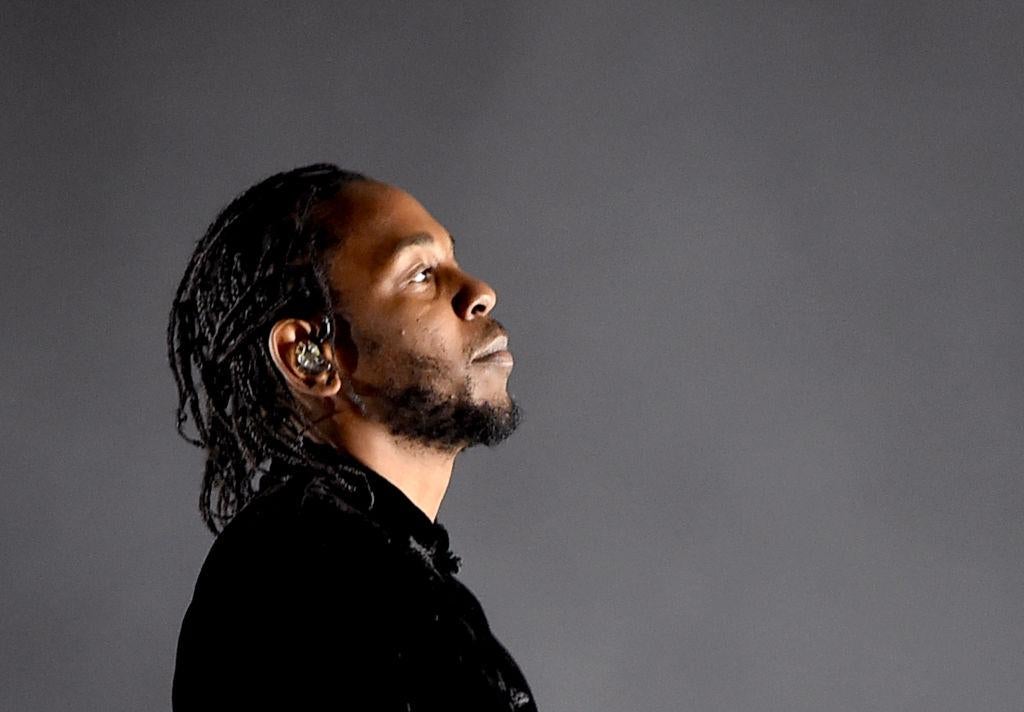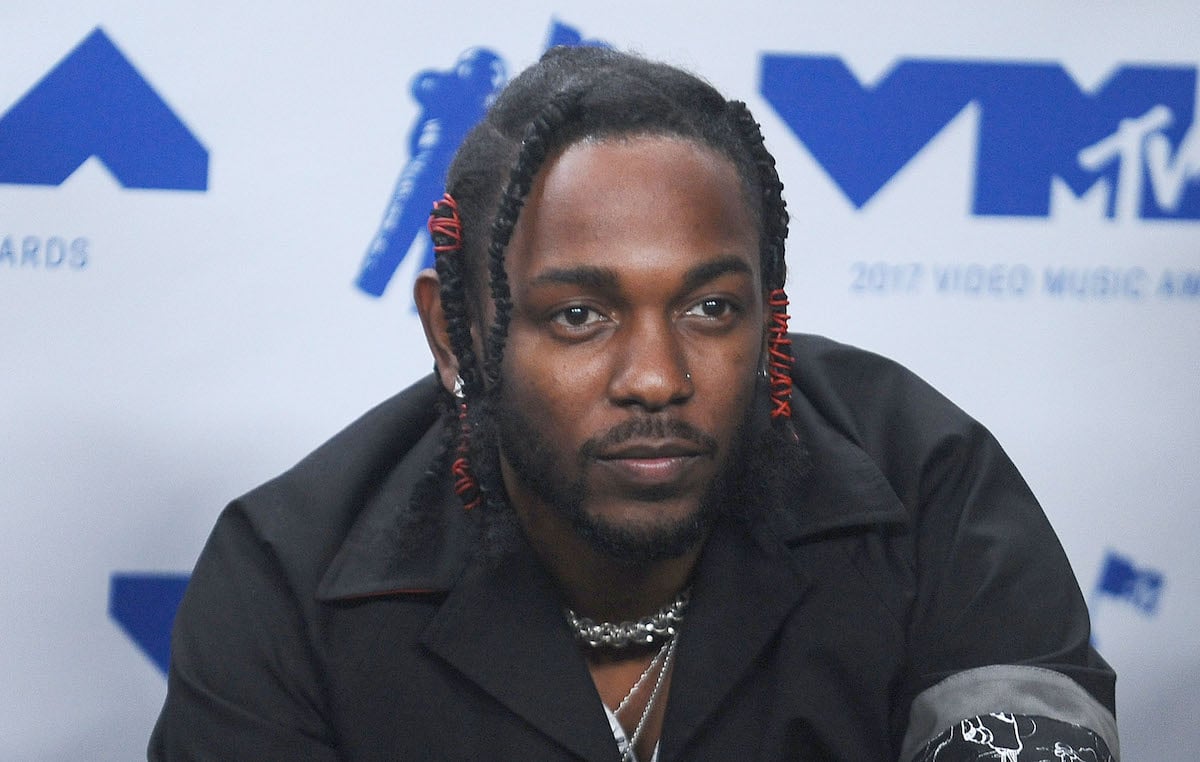
He agrees that “Alright” captured an important moment in time. It became their ‘Lift Every Voice and Sing.’”Īyo Banjo, a community organizer and UCSC Student Union Assembly president who has been central to the recent Black Lives Matter protests in Santa Cruz, says that Lamar’s music has been influential and inspirational to his own activism. In that way it became a protest song because you had all these Black people who took ownership of it. “You barely heard it on the radio, but the fact that you hear it in the street is more validation for him.

“It’s a personal song that became a protest song because of the public,” Moore tells me. It resonated strongly with listeners when it was released on his 2015 album To Pimp a Butterfly.

The chorus offers a sliver of hope, or at least suggests the will to endure when things seem to be at their worst.

The song’s lyrics confront police brutality with visceral ferocity and anger, while Lamar weaves in his own story about battling the dark temptations of fame and greed. “Alright,” arguably one of the most important songs of the decade, was inspired by Lamar’s trip to South Africa, where he witnessed extreme poverty, but also resiliency. “The Cleveland demonstration was a flash point for the movement overall, and now it had an anthem.” “It was a heroic scene, a sea of triumphant Black people walking through the streets, passing police cruisers like they weren’t even there,” he writes in the book. Moore writes about this moment in his upcoming book The Butterfly Effect: How Kendrick Lamar Ignited the Soul of Black America, which will be released on Oct. In what felt like a rare win against the police, the crowd of 200 spontaneously chanted the chorus to Kendrick Lamar’s recently released song, “Alright”: “ We gon’ be alright! We gon’ be alright.”Īuthor Marcus J. She demanded the police release her child. When they confronted the officers, they were pepper-sprayed, but they stood their ground and were able to get the boy’s mom on the phone and later on the scene. That July, the Movement for Black Lives held its first conference at Cleveland State University-just a few miles from the recreation center where a Cleveland police officer killed 12-year-old Tamir Rice the year before-to discuss how to hold law enforcement accountable for these actions.Īfter leaving the conference one afternoon, several attendees witnessed a 14-year-old boy at a nearby bus stop being harassed by police, who believed he had an open container of alcohol. In 2015, protestors took to the streets across the country demanding an end to police brutality amid several high-profile cases where police killed unarmed Black men and got little more than a slap on the wrist.


 0 kommentar(er)
0 kommentar(er)
